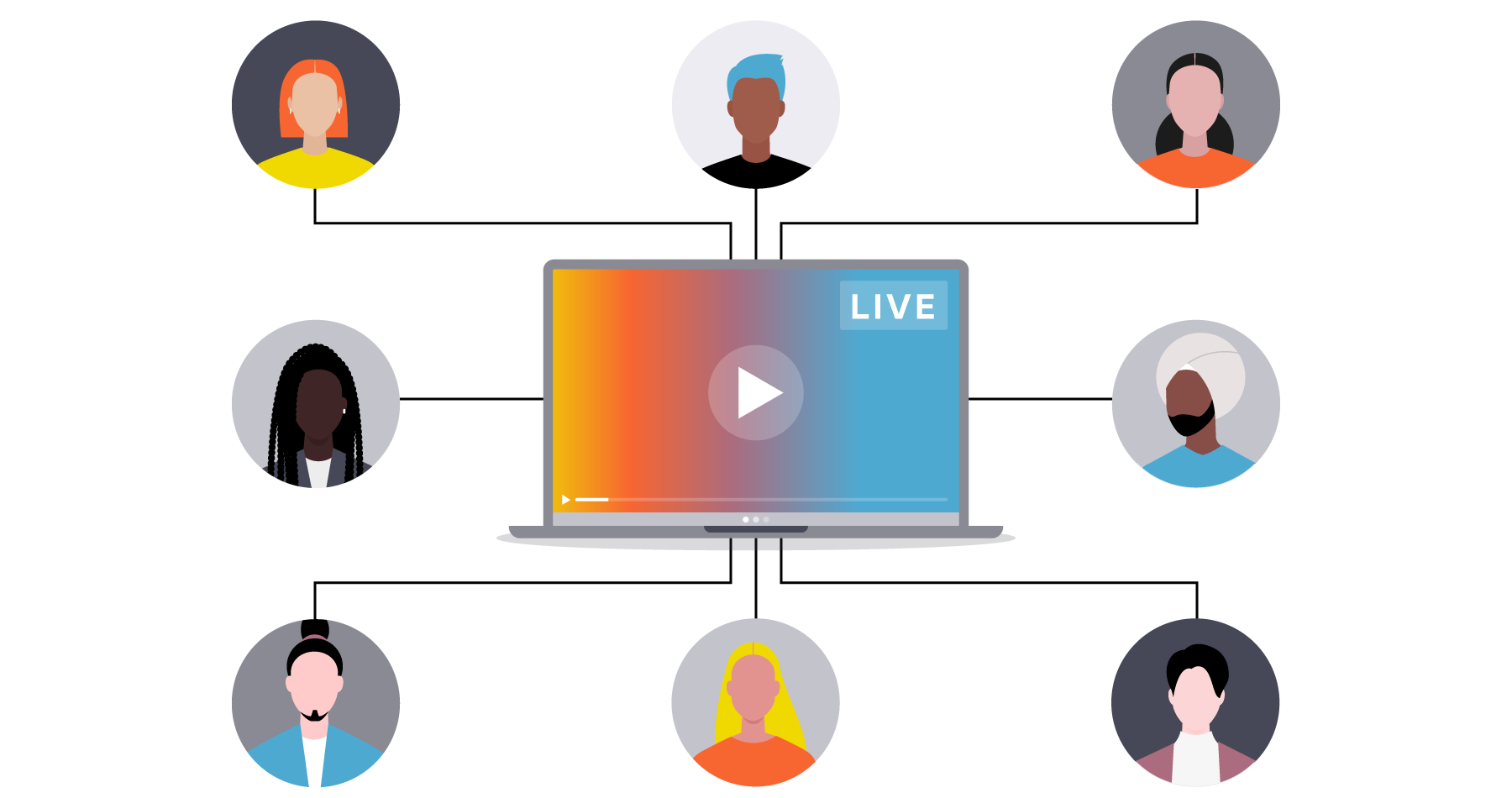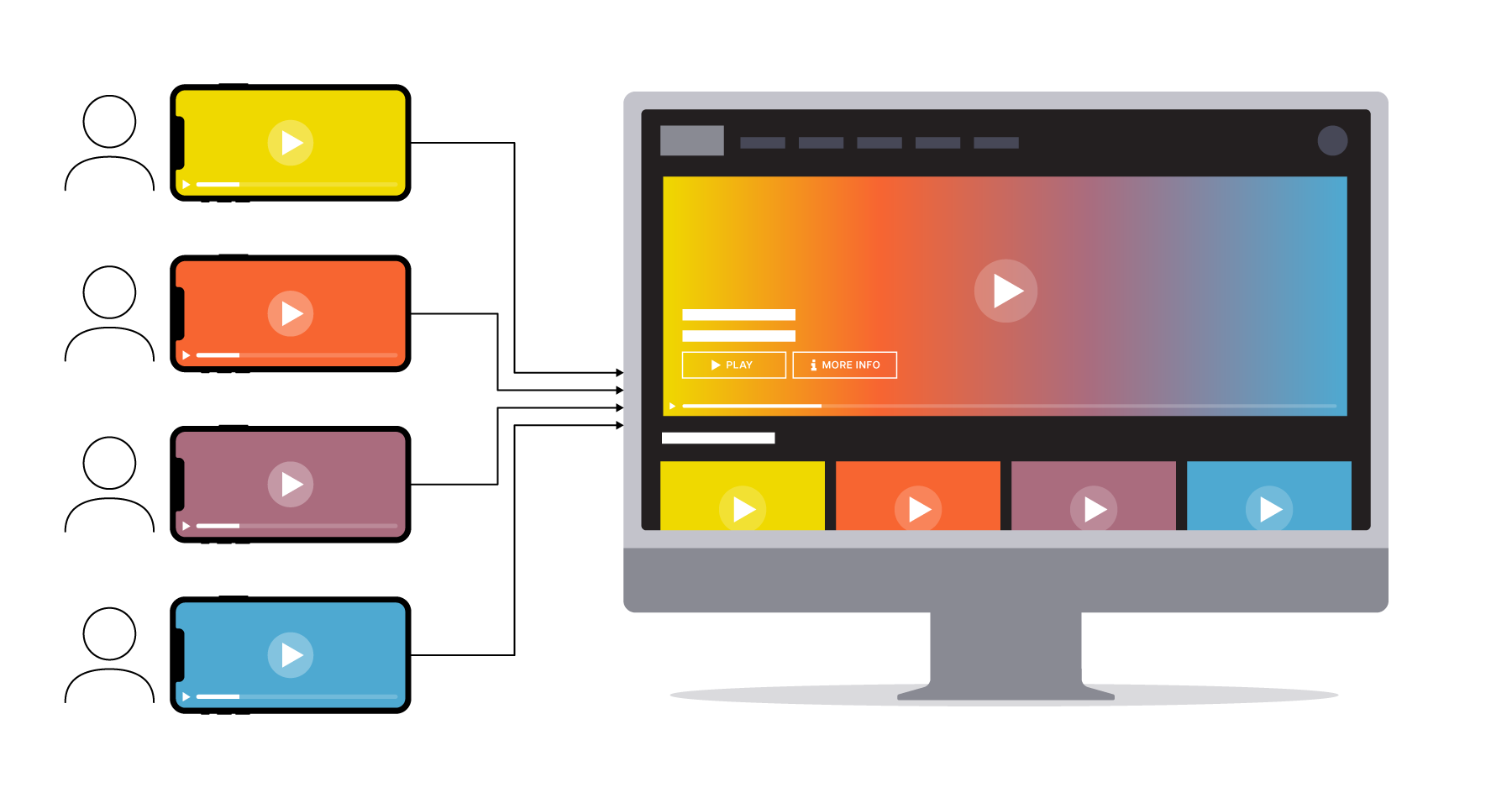Think, Learn, Do: A Framework for Your Employee Training Videos
Brightcove News

With the rise in geographically distributed workforces and non-centralized offices, it’s easy to see why employee training videos are becoming more and more popular. These assets empower you to take advantage of major cost efficiencies—as you don’t need to invest the time and resources necessary to bring people together in person.
When I examine employee training videos in companies, I see some common executions that make me cringe. For example, the talking head that’s so obviously reading off of a teleprompter with no emotion and no other visual interest. Or the bad-audio screen capture recording. Or—often the most cringe-worthy—a video of a live, facilitator-led training, with the expectation that employees will watch it all the way through.
Don’t get me wrong: Talking heads, screen captures, and chunking up live training can—when done well—make great employee training videos. However, a lot of thought needs to go into each of these to ensure that your videos will meet the goal they were created to achieve.
That’s where the Think:Learn:Do framework comes in.
In so much of my work with companies trying to train employees using video I find that they’re great at the content part—with most teams being versed in adult learning theories and understanding how to structure content for learning. But where these videos often miss the mark is in what comes before, and after, the learning. And that’s what this framework addresses. Follow this guide for all of the videos you create—or retrofit those you’ve already created—and see how your use of video for employee training changes for the better.
Think
Setting the stage for your employee training video content is essential. Yet most videos I see don’t do this properly. Can you remember videos where the first crucial seconds sound something like this?:
“Hi I’m so-and-so and this video is about yadda-yadda.”
Talk about wasted prime real estate!
Then it likely goes into something like, “In this video, you will learn X, Y, and Z.”
I do like the preview of what’s to come, but we’re still missing one key point—the person watching doesn’t know WHY they’re watching it or HOW what they’re about to invest (or choose not to invest) time in can change their situation.
Setting the stage in the early stages of your videos is essential. During this process, you’re essentially telling your viewers what you want them to think—what they should be thinking about, how they should be approaching the content, or why they need to pay more attention.
Orienting the thoughts of your employees before training them in something helps get people on the same page. It also sets up your actual learning-focused content for more success, as you’ve gotten your viewers in the right state of mind to be able to listen to the content in the way that will most benefit them.
Let’s take a look at what this looks like rephrased. Take, for example, an employee training video on the company’s new vacation policy. The goal of this video is to educate the audience about the changes so that employees follow the new protocol, allowing managers to have an easier time scheduling and approving time off within the new software that was just rolled out.
A typical video may start like this:
“Hi. I’m [insert name], the [insert title] in human resources, and this video will cover the changes in our company’s vacation policy.”
And then proceed to outline the differences or walk through a screen-share demonstration.
Instead, let’s set the stage better and orient our viewers on how to listen and think about the content that’s about to be presented in order to accomplish the goal that we have.
“Vacation time shouldn’t be stressful for anyone—the person on vacation or the team members back in the office. That’s why we’ve rolled out a new time-off and scheduling tool, and are showing you how to use it in this short video so that you can schedule your vacations and get approval for time off more easily.”
Use the lower thirds to communicate information about the person’s name, title, or any other text-based information that isn’t truly important to the goal of the video.
Learn
This is where most online and video-based employee trainings spend most of their time, and it’s where most creators focus most of their energy. Don’t get me wrong—it’s the meat and potatoes, if you will, of the content. However, if you haven’t set the stage for this, your employees and viewers won’t be able to digest the content in the way you intend.
Most training departments already have a solid handle on how adults learn best. That being said, here are two important best practices to keep in mind when creating employee training videos:
Attention spans are lower when watching digital content
Vary the visual interest on the screen more frequently. Use animations, screenshots, narrators, captions, text overlays, etc. This doesn’t mean production value needs to be sky-high. It does mean that you need to consciously think through how you can display your content in multiple ways.
Silence is not golden
Whereas in face-to-face training the facilitator often uses silence as a means for people to absorb information or process, doing the same in video isn’t advised. Think about watching a video with less-than-rapt attention (let’s be honest, that’s what a lot of our employees will be doing) and then hearing nothing. You’d assume the video is over and you’d switch gears. If you need to have processing time, incorporate some type of music or audio effect into this section.
Do
We often focus so much on teaching content that we forget to specify what to actually DO with that content. We assume that it’s obvious, or that people who spent time watching will want to take immediate action. Both of these assumptions are likely false. Those watching need to be directed as to what to do with what they learned. What action do you want them to take? What follow-up is needed? Be specific.
For our example video on new scheduling software, perhaps it’s appropriate to have employees immediately log into the system and submit a test request to ensure that they are able to use it. If that’s the case, make sure that call-to-action is crystal clear in the video. For anything you want viewers to DO, I suggest not only saying it, but also showing the instruction.
The combination of Think:Learn:Do sets your employee training videos up for success. Always set the stage to make sure your employees are oriented to how and why they need to listen to the content in the video, execute the content delivery and learning, and wrap up with a clearly stated call-to-action—what you want them to do next. By following this framework, you’re not only providing training content, but a road map for how to use that content to improve your audience’s performance and experience.
Catch my entire presentation on how to use video to engage, connect, and break through to your audience on demand at REPLAY.

